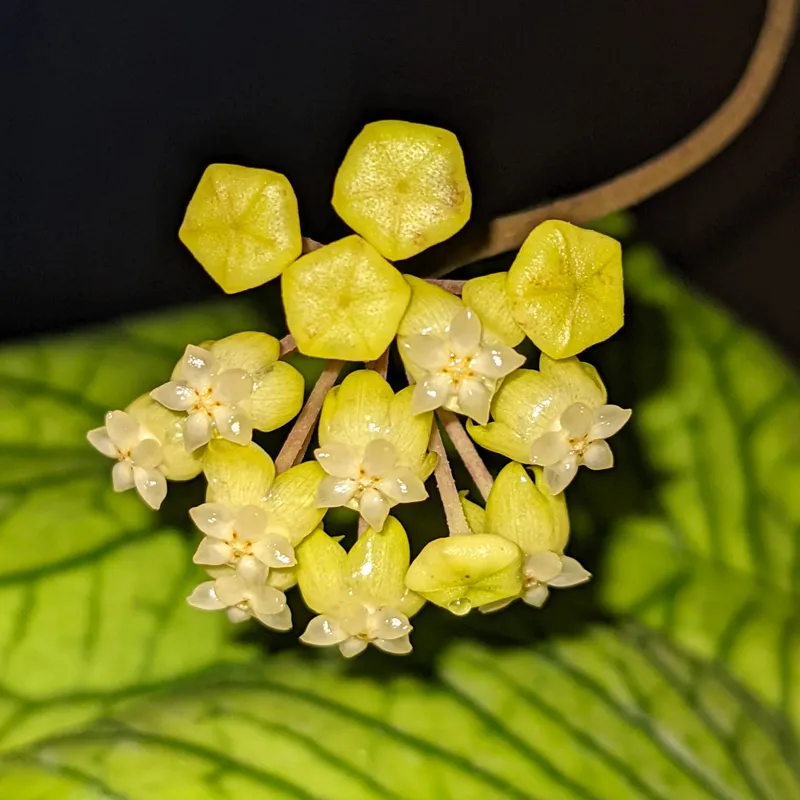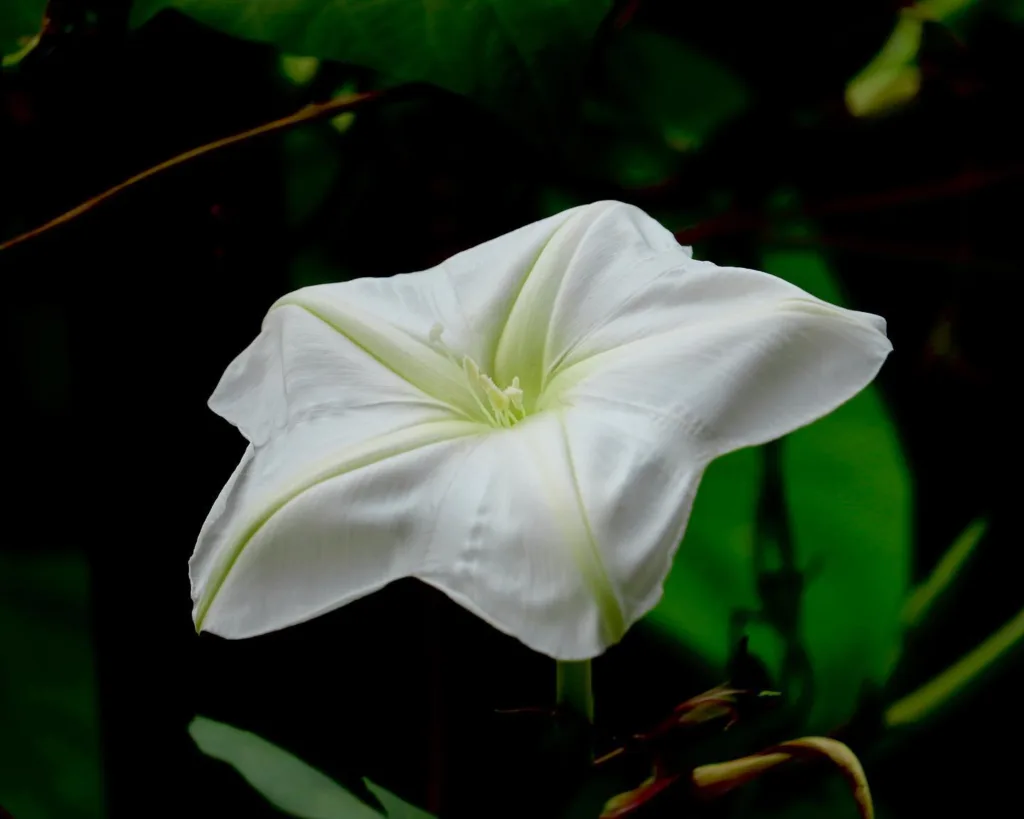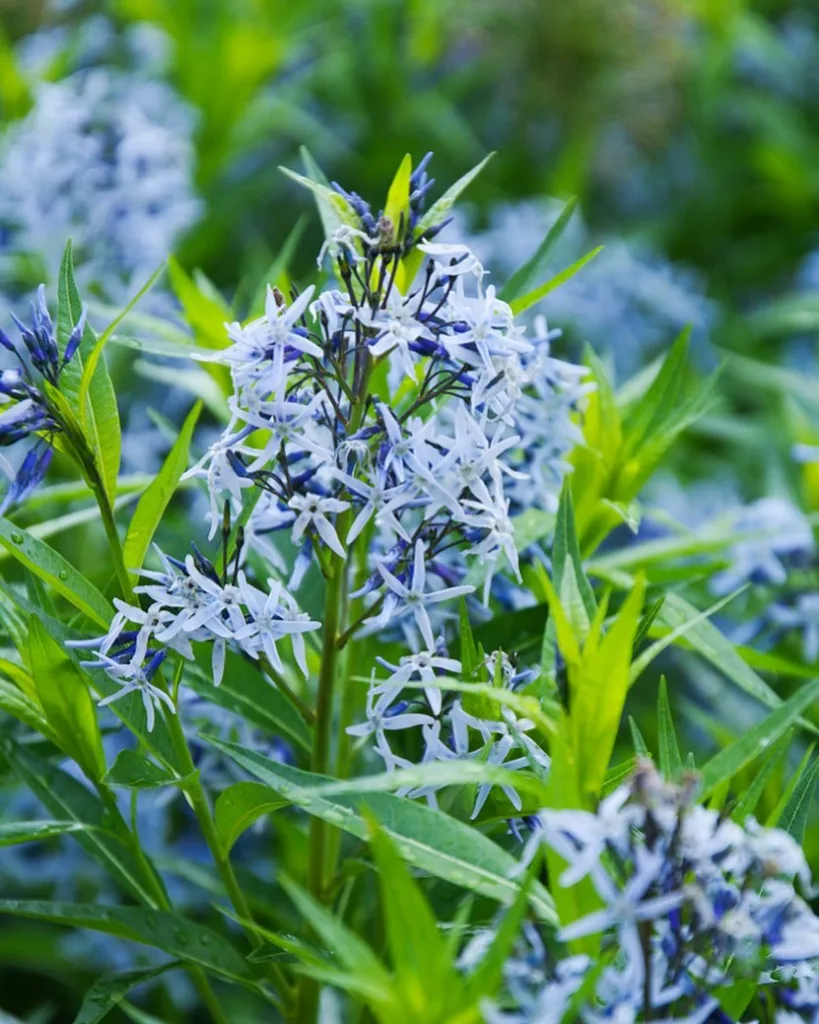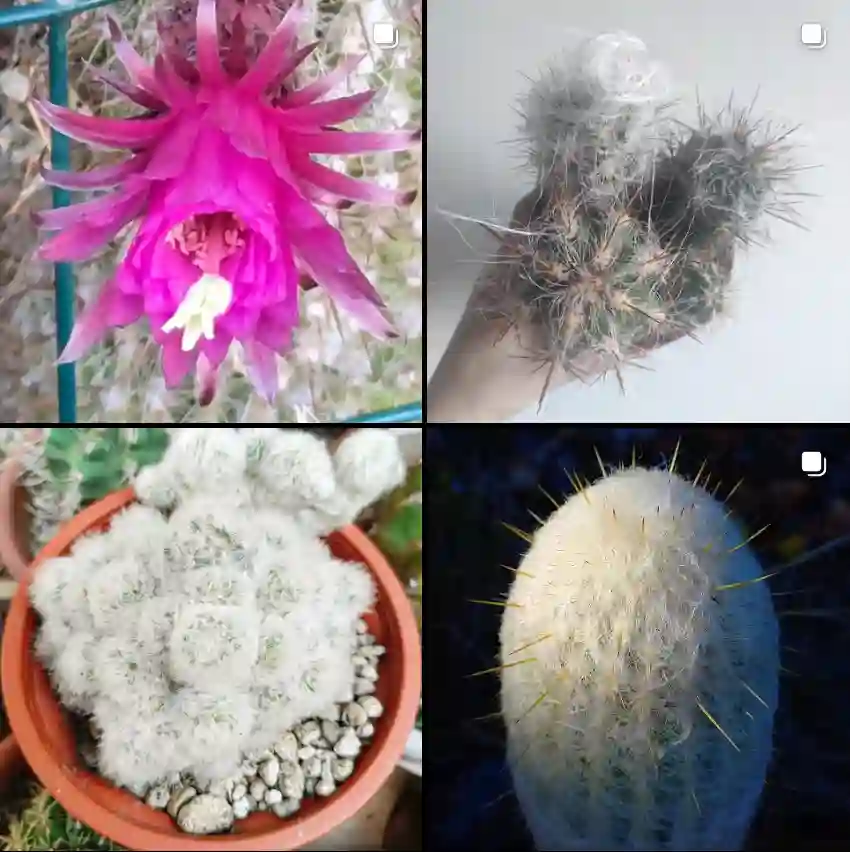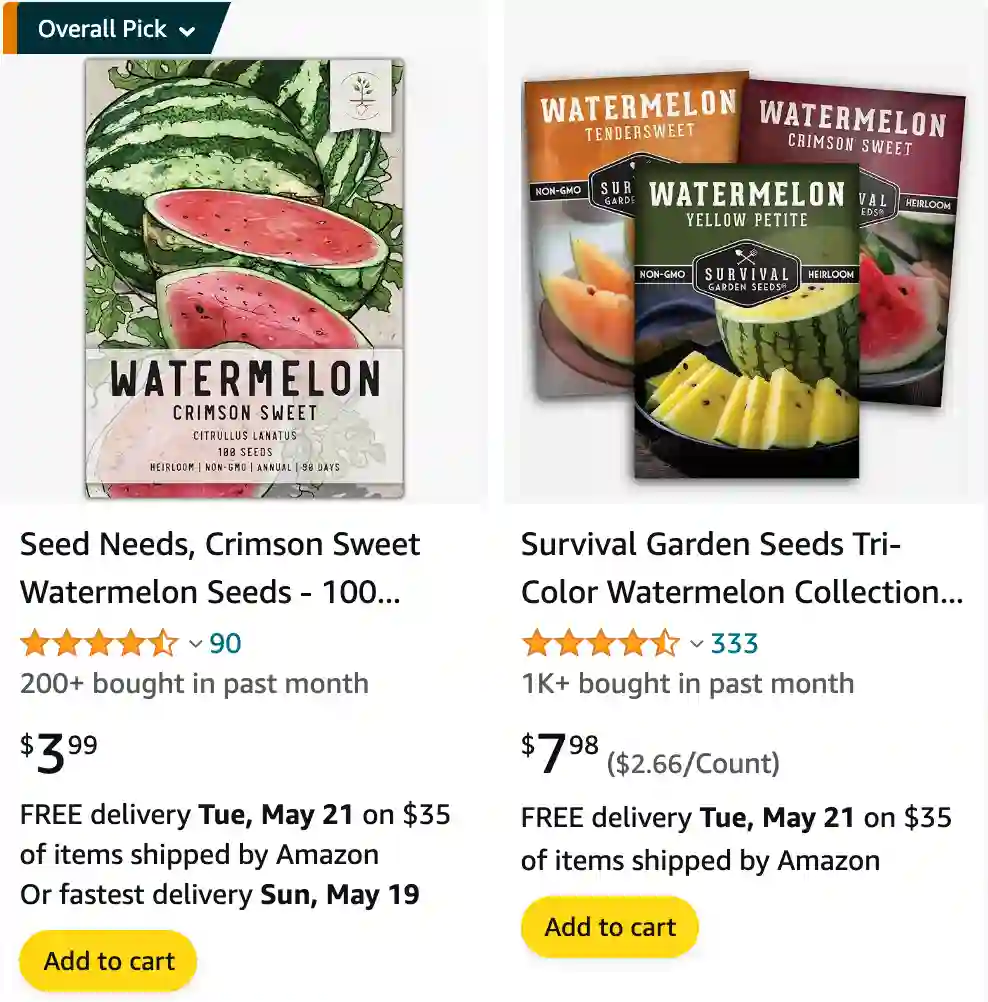
Watermelon – Citrullus Lanatus: A Personal Dive into Nature’s Refreshing Treasure
Watermelon, scientifically known as Citrullus lanatus, has always been one of my favorite fruits. The vibrant red flesh, dotted with black seeds, encased in a tough green rind, is not just a summertime treat—it’s a fruit with a story and a purpose. Let me take you through my journey with this incredible gift of nature.
My First Memory of Watermelon
I still remember the first time I bit into a slice of watermelon as a child. It was a hot summer day, and the sweetness of the fruit contrasted beautifully with the oppressive heat. The juice dribbled down my chin, and I didn’t care. At that moment, I realized this wasn’t just food—it was pure refreshment.
What amazed me even then was the balance of sweetness and hydration. Packed with over 90% water, watermelon is a thirst-quenching marvel. It’s no wonder the ancient Egyptians revered it; they cultivated it for its water content, essential in arid climates.
The Botany of Citrullus Lanatus
Watermelon belongs to the Cucurbitaceae family, which also includes cucumbers, pumpkins, and squash. Native to Africa, its origins trace back to the Kalahari Desert. The wild varieties, with their smaller and more bitter fruits, are a stark contrast to the large, sweet watermelons we enjoy today.
Over centuries, humans have selectively bred watermelon for its sweetness, seedlessness, and size. The scientific name, Citrullus lanatus, hints at its citron-like qualities and fibrous texture, even as modern cultivars have become more tender and luscious.
FAQs
Why Watermelon is the Ultimate Summer Fruit?
For me, no summer is complete without watermelon. Its versatility surprises many people. You can eat it raw, juice it, blend it into smoothies, or even grill it for a savory twist. Beyond taste, it’s a nutritional powerhouse.
Watermelon is rich in lycopene, an antioxidant that gives it its red color and is linked to heart health and cancer prevention. It also contains citrulline, an amino acid that supports blood flow and reduces muscle soreness. Whether you’re indulging after a workout or at a barbecue, it fits perfectly into a healthy lifestyle.
One surprising thing I discovered is the medicinal relevance of watermelon rind. Often discarded, the rind contains additional citrulline and fiber. I’ve started blending it into smoothies to minimize waste and maximize health benefits.
What does a watermelon plant look like?
A watermelon plant typically has large, lobed leaves that can span several feet in diameter. It produces long, trailing vines that sprawl along the ground or climb with support. The plant may develop small yellow flowers, which eventually give way to the familiar round or oblong fruits.
How big does watermelon plant get?
In ideal conditions, a watermelon plant can grow quite large, with vines extending up to 20 feet or more. However, the size of the plant can vary depending on the variety and growing conditions.
How to grow watermelon plant?
A few years ago, I decided to try growing watermelons in my garden. Watching the vines spread and the fruit swell over weeks was a gratifying experience. It taught me patience and gave me a deeper appreciation for the work behind every watermelon.
Watermelons need warm temperatures, plenty of sunlight, and well-drained soil to thrive. Pollination is crucial, so the presence of bees or hand-pollination ensures good fruiting. Harvesting was a skill I had to learn—thumping the fruit to listen for a hollow sound and checking for a yellow spot where the melon rested on the ground.
How much space does a watermelon plant need?
To grow a watermelon plant, start by selecting a sunny location with well-drained soil. Plant seeds or seedlings after the last frost date in your area, spacing them about 3 to 5 feet apart in rows or hills.
How much water does a watermelon plant need?
Watermelon plants require consistent moisture, especially during the flowering and fruiting stages. Water deeply, providing about 1 to 2 inches of water per week, and adjust based on rainfall and soil moisture levels.
How much sun does a watermelon plant need?
Watermelon plants thrive in full sun, requiring at least 6 to 8 hours of direct sunlight daily to produce healthy foliage and fruit.
How to save a dying watermelon plant?
To save a dying watermelon plant, assess the cause of its decline, which could include factors such as overwatering, underwatering, pests, or disease. Address any issues promptly, adjust watering practices as needed, and provide appropriate care to revive the plant.
Can watermelon plant survive winter?
Watermelon plants are sensitive to cold temperatures and frost, so they cannot survive winter in regions with freezing temperatures. In colder climates, watermelon plants are grown as annuals, starting from seeds each spring after the danger of frost has passed.
Watermelon in Culture and Cuisine
Watermelon has an iconic status in many cultures. In Japan, you’ll find intricately shaped square or heart-shaped watermelons, prized as gifts. In my Vietnamese heritage, watermelon is an essential part of Tet, the Lunar New Year celebration. Its seeds symbolize fertility and prosperity, and its red flesh is thought to bring good luck.
I’ve experimented with watermelon in dishes ranging from salads with feta cheese and mint to a chilled watermelon soup. Its sweet, hydrating nature pairs well with savory and spicy flavors, making it surprisingly versatile in the kitchen.
Watermelon’s Environmental Impact
One of the most significant things I’ve learned is the environmental footprint of growing watermelon. It’s a relatively sustainable crop compared to other fruits, requiring less water to grow because of its efficiency in retaining moisture. However, transportation over long distances can add to its carbon footprint. Whenever possible, I support local farmers and purchase watermelons from nearby markets.
My Personal Connection
Watermelon isn’t just a fruit for me; it’s a bridge to memories, health, and sustainability. Each slice connects me to childhood summers, cultural traditions, and the satisfaction of growing my own food. It’s amazing how something so simple can offer so much.
As I write this, I’m enjoying a chilled bowl of watermelon cubes, sprinkled lightly with a pinch of salt to enhance their sweetness. It’s a reminder that life’s simplest pleasures are often the most profound.
So, the next time you pick up a watermelon, remember its story—from the Kalahari Desert to your plate. It’s more than just a fruit; it’s a celebration of nature’s brilliance.
If i die, water my plants!
